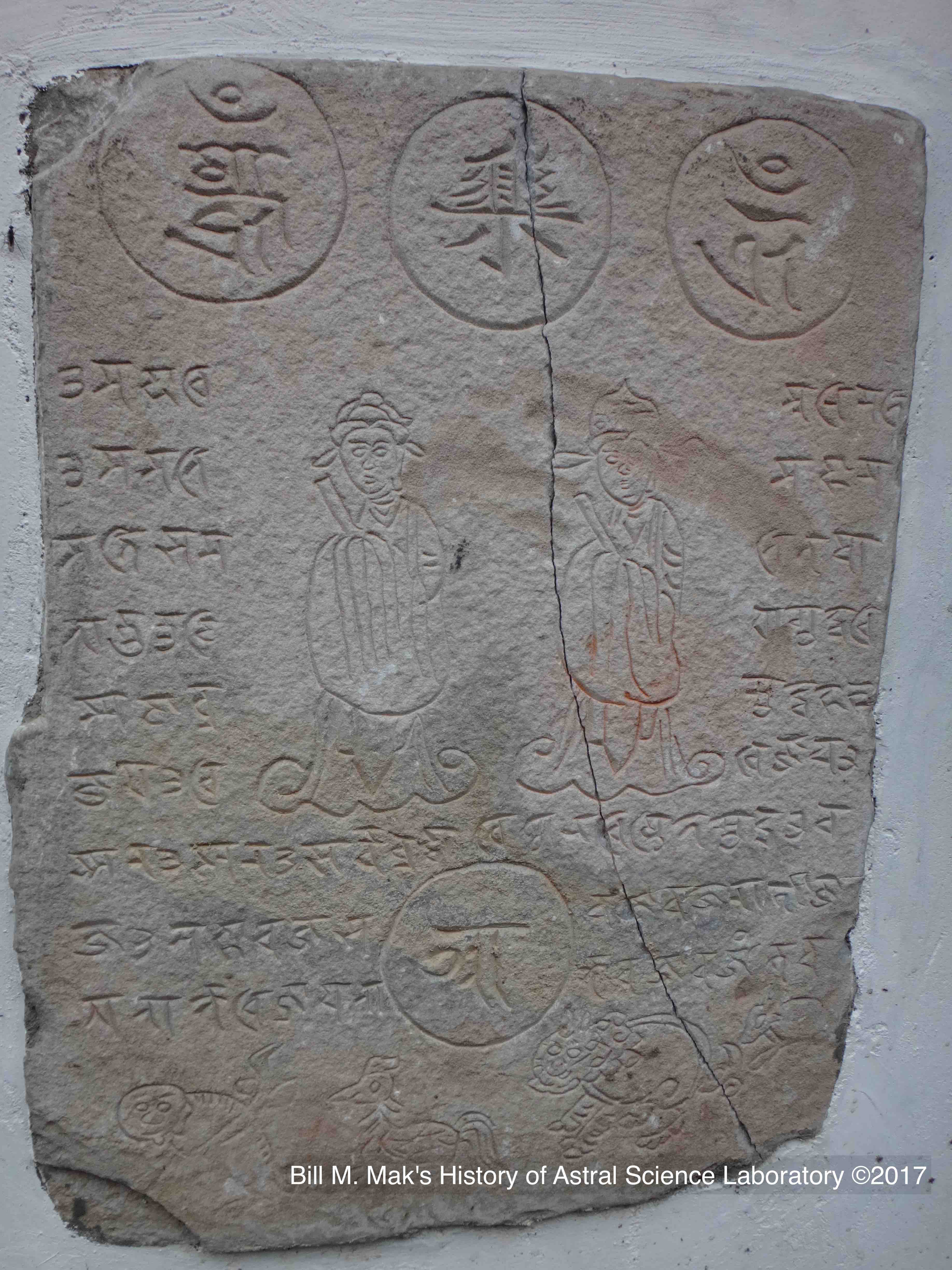2/27/2017
9:30 AM
ISAW Lecture Hall
Conference organized by Bill M. Mak (ISAW Visiting Research Scholar) and Lillian Tseng (ISAW)

The astral science was among the most developed bodies of knowledge in the ancient world. A complex and interrelated system of astronomical observation, astral rituals, divination and physiognomy was developed in Greece, India and China. While each civilization cultivated this knowledge along its own cultural trajectory and each system contained features unique to its own, there were moments when their paths crossed and ideas cross-fertilized and hybridized. This conference is concerned with the traditional lore of the cosmos and its evolution in South and East Asia, and how the astral knowledge of the “West” was received in the “East” in the pre-modern world.
The event will take place in conjunction with the ISAW exhibition “Time and Cosmos in Greco-Roman Antiquity,” which all participants will have the opportunity to visit, as well as the evening exhibition lecture by Prof. Stephan Heilen on the same day.
Organizers:
Bill Mak (Kyoto University)
Lillian Tseng (Institute for the Study of the Ancient World, NYU)
Program:
9:00am – Registration
9:30am – Opening Remarks
Chair: Lillian Tseng (Associate Professor, ISAW, NYU)
9:40am – Bill Mak (Associate Professor, Kyoto University)
“How Greek was Greco-Indian and Greco-Chinese Astral Science?”
Commentator: Stephan Heilen (Professor, University of Osnabrück)
10:30am – Coffee Break
10:50am – W. Randolph Kloetzli (Ph.D., University of Chicago)
“Ptolemy and the Indian Religious Cosmologies”
Commentator: David Pankenier (Professor Emeritus, Lehigh University)
11:40am – Michio Yano (Professor Emeritus, Kyoto Sangyo University)
“The Size of the Universe in Indian Astronomy”
Commentator: Alexander Jones (Professor, ISAW, NYU)
12:30pm – Lunch
Chair: Bill Mak (Associate Professor, Kyoto University)
1:50pm – Marko Geslani (Assistant Professor, Emory University)
“Omens in Late-Vedic Rituals: Early Evidence”
Commentator: Pia Brancaccio (Associate Professor, Drexel University)
2:40pm – David Pankenier (Professor Emeritus, Lehigh University)
“Astrological History in the ‘Treatise on the Celestial Offices’ in Han China”
Commentator: Nathan Sivin (Professor Emeritus, University of Pennsylvania)
3:30pm – Coffee Break
4:00pm – Kenneth Zysk (Professor, University of Copenhagen)
“Greek and Indian Physiognomy”
Commentator: Claire Bubb (Assistant Professor, ISAW, NYU)
Registration is required at isaw.nyu.edu/rsvp
Updates and conference program available at: http://isaw.nyu.edu/events/cosmos-east-west


